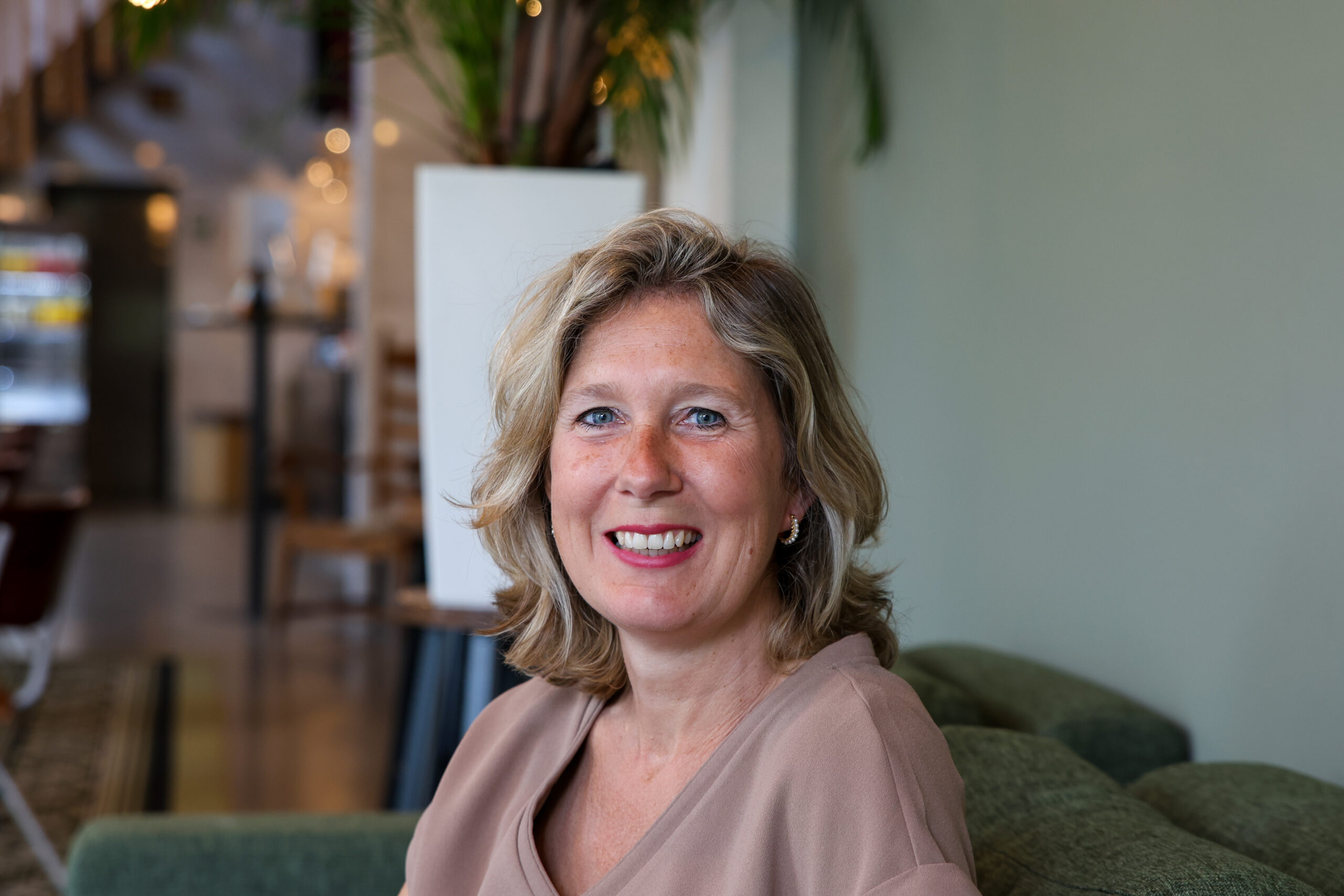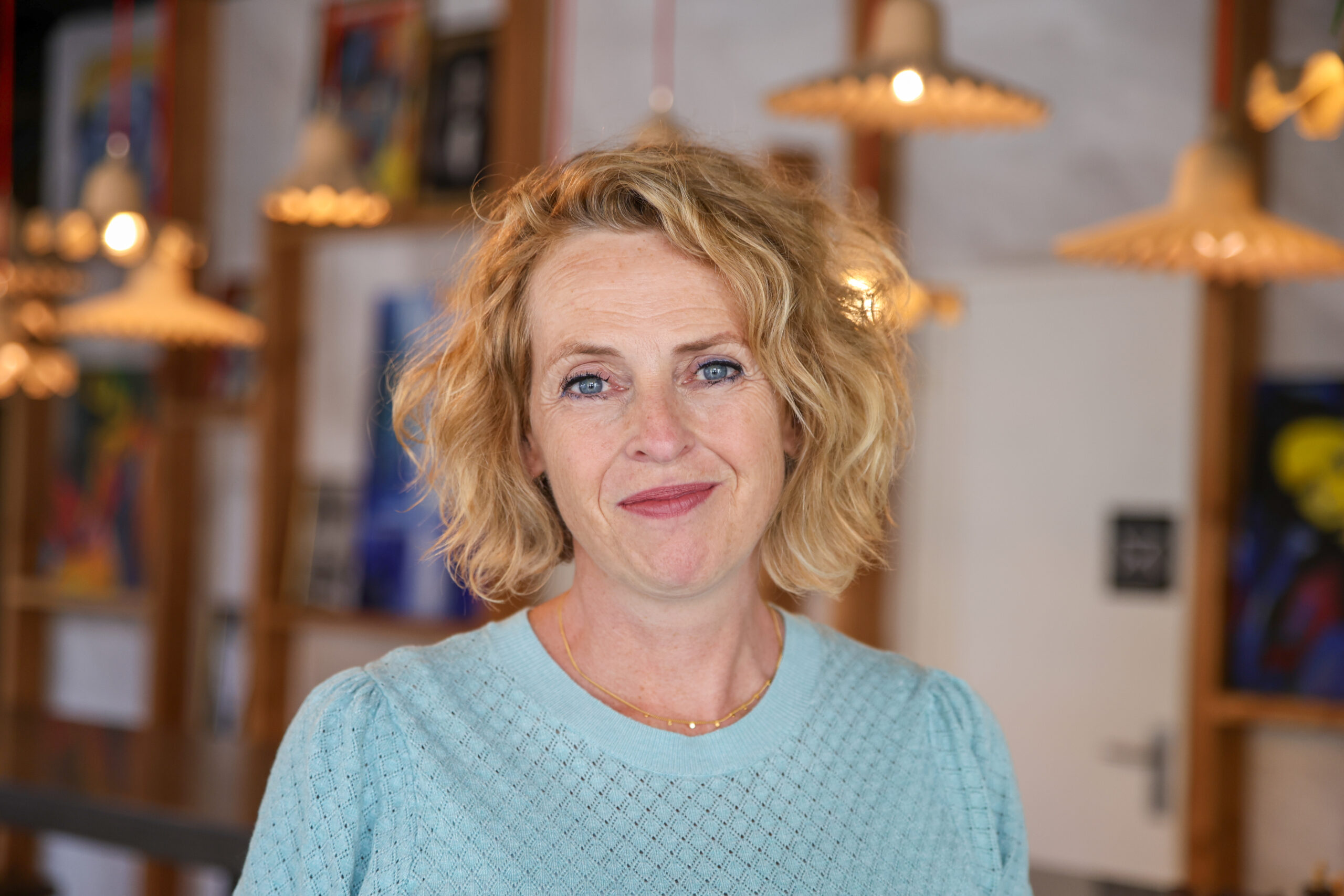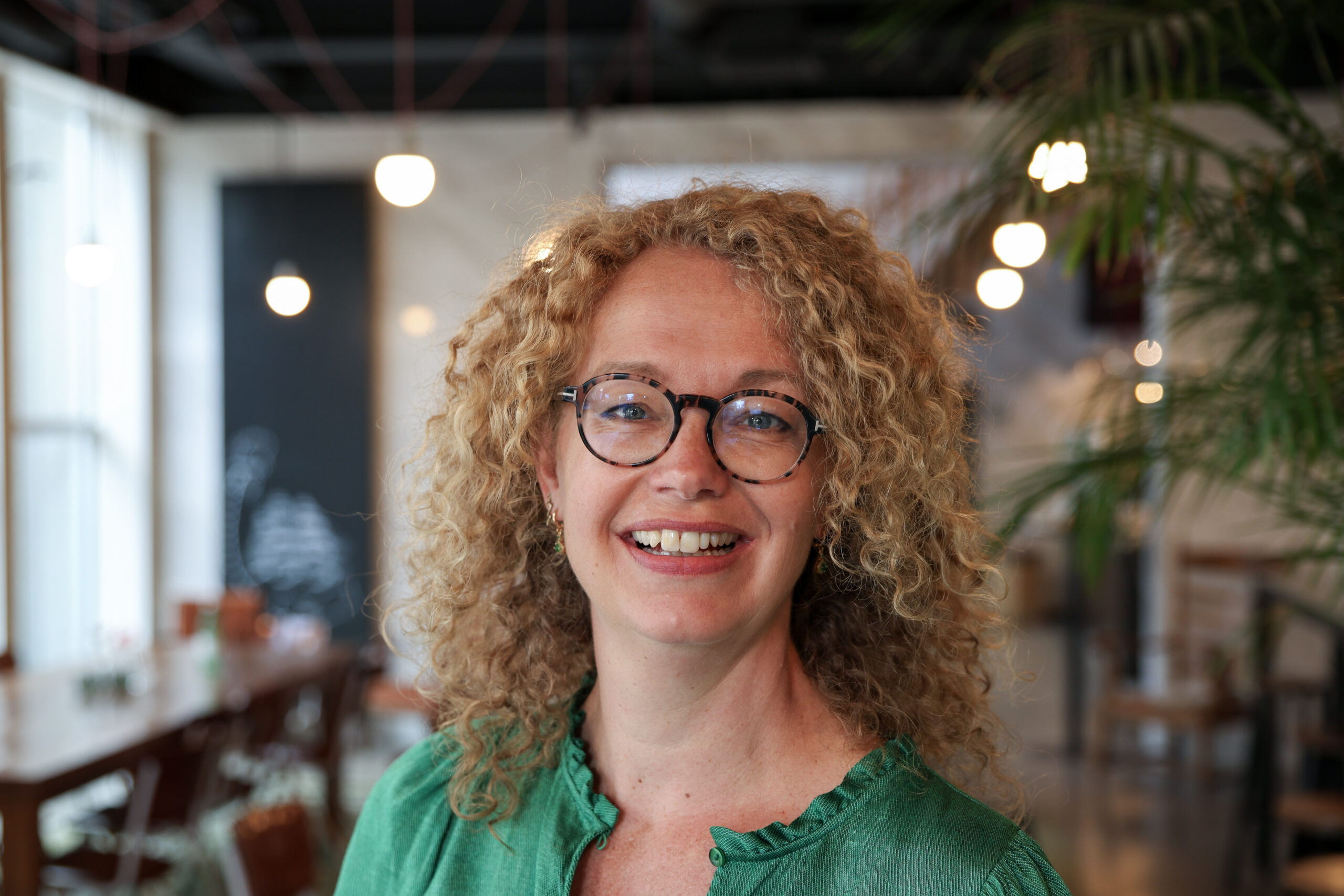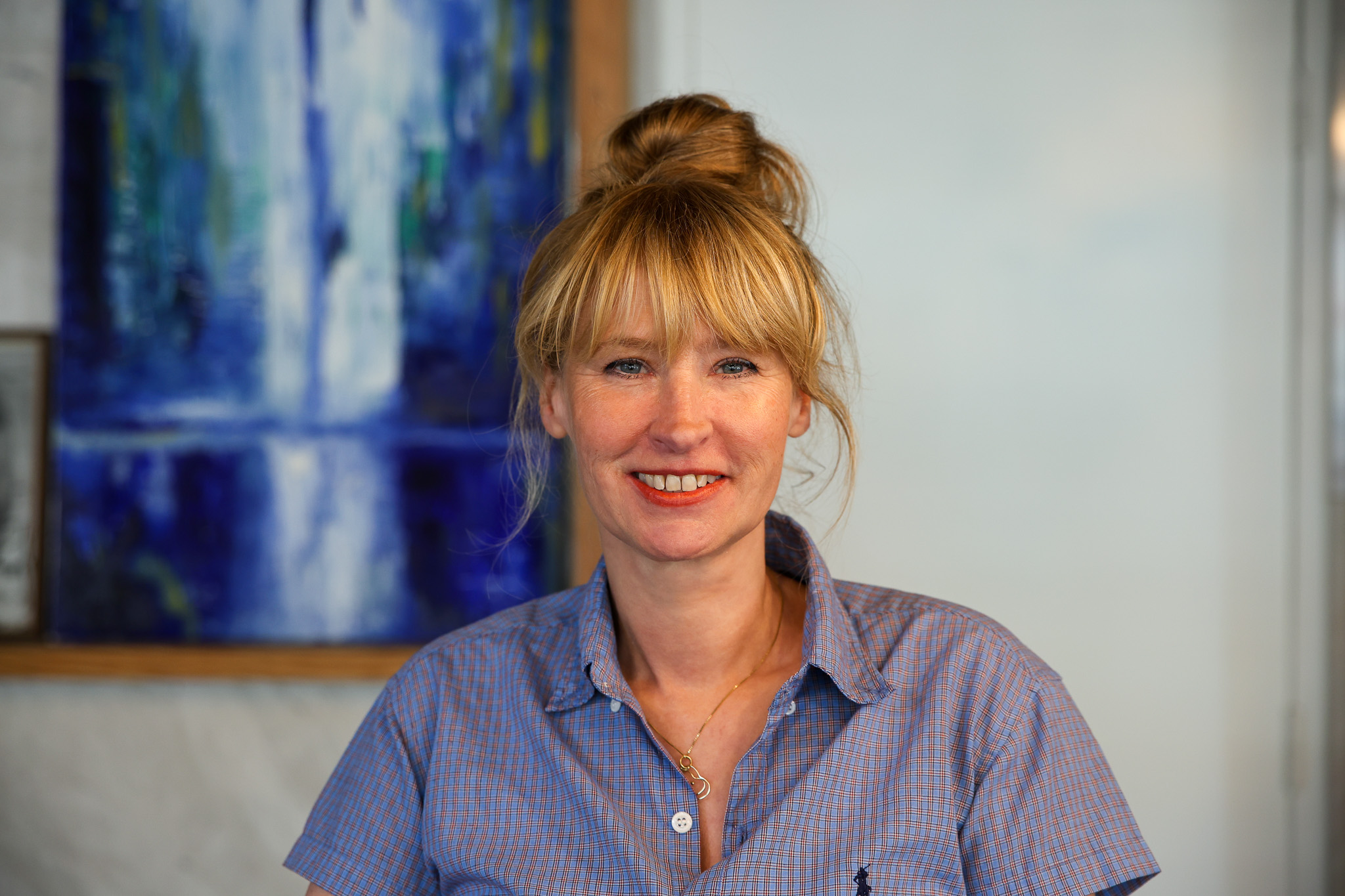Get out of your own chair
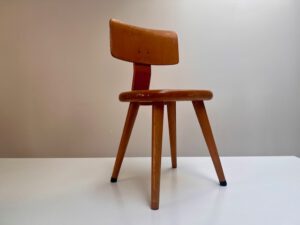
Get out of your own chair
By 'step out of your own chair' is meant: discover how taking a different place - literally and figuratively - can bring new insights, understanding and calm in difficult work situations.
Sometimes a conflict at work seems unresolvable and then it is very tempting to get stuck in feelings of irritation, disappointment and powerlessness. We often get stuck in our own perceptions because they feel so familiar. Generally, however, this does not bring you any further in relation to the other person. This is precisely when it is valuable to switch places for a moment.
Sometimes I literally ask a client to grab another chair. Not in the form of some kind of pretend play, but to explore: what happens when you look at the situation from a different perspective? And what do you notice in your body when you change seats? Often that already says something about what is going on.
How does it work? Practical example
The other day, I was working with someone who had become frustrated about a project he was doing with a colleague. Deadlines were not being met, appointments not being kept. He lost track and felt he was not being taken seriously. In the first chair - his own - this felt like a breach of trust. Anger, irritation, agitation. His body was "on": tense shoulders, high breathing.
When we looked a little deeper, he discovered that his anger actually revealed something valuable: his desire for clarity, reliability and honesty. Values that guide how he wants to work together. Just acknowledging them brought peace - even physically. His breath subsided, his posture relaxed.
Then he sat down in his colleague's chair. What would be on the other person's mind? What is important to that person? Soon, a different picture emerged: someone who had a lot on their plate at once, lost track of things and had trouble prioritising. Irritation gave way to understanding.
The meta position (handling helicopter view)
Finally came the third chair - the metaposition. From that neutral spot, he could watch what was happening between them as an observer. He saw how they both wanted the same thing - to put down something good - but from different values and ways of communicating. And he also saw what he had to do.
Insight as a starting point for change
His key insight? I don't need to push harder, but be clearer about what is important to me. When he expresses his boundaries and values in a calm, connecting way, he stays true to himself AND opens the door for real contact.
That is what makes this exercise so valuable
- You acknowledge your own feelings and values - that gives solidity.
- You empathise with the other person - that brings relaxation.
- And from a distance, you often see surprisingly simple solutions.
It sounds simple, but it takes practice. And awareness - also in your body. Often your body knows before your head whether something is right or not. Just literally changing seats, feeling what it is like there, can be enough to get moving again. It never ceases to amaze me how much clarity that brings - and how often it not only changes something in the situation, but also in yourself.
Want to learn how to apply this in your work or team? At LemonGrass Coaching we use exercises like these to increase awareness, resilience and connection - so you can act with more calmness, clarity and confidence, especially in difficult situations. You can contact us at: info@lemongrasscoaching.nl
Request a free introductory meeting
Would you like to see if there’s a good fit? Request a free, no-obligation introductory meeting.
We will contact you within 24 hours to schedule an appointment.
Meet our coaches
Janique Wienk
Career and life coach/psychologist
Sandra Meijer
Career, Stress and Life coach/psychologist
Wendy van de Kragt
Personal leadership and Stress coach/psychologist
Jeannette Hakman
Personal leadership, Stress and Career coach/psychologist


